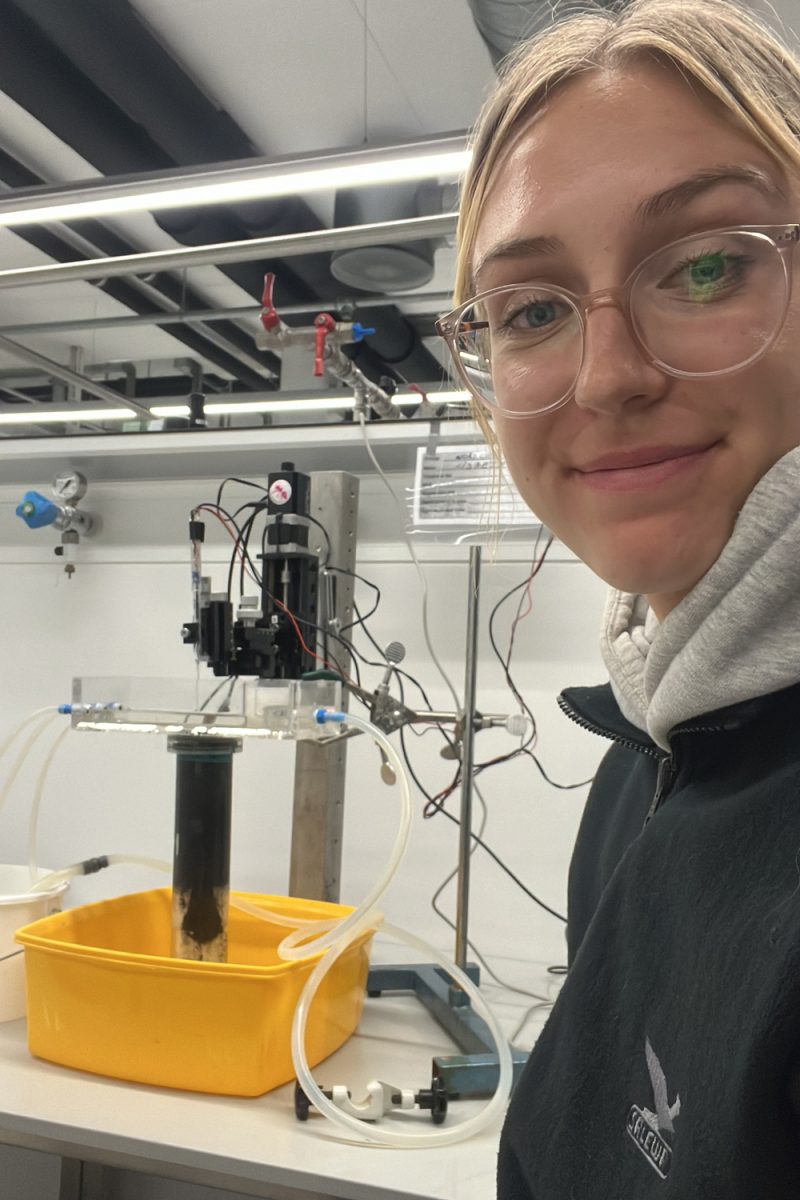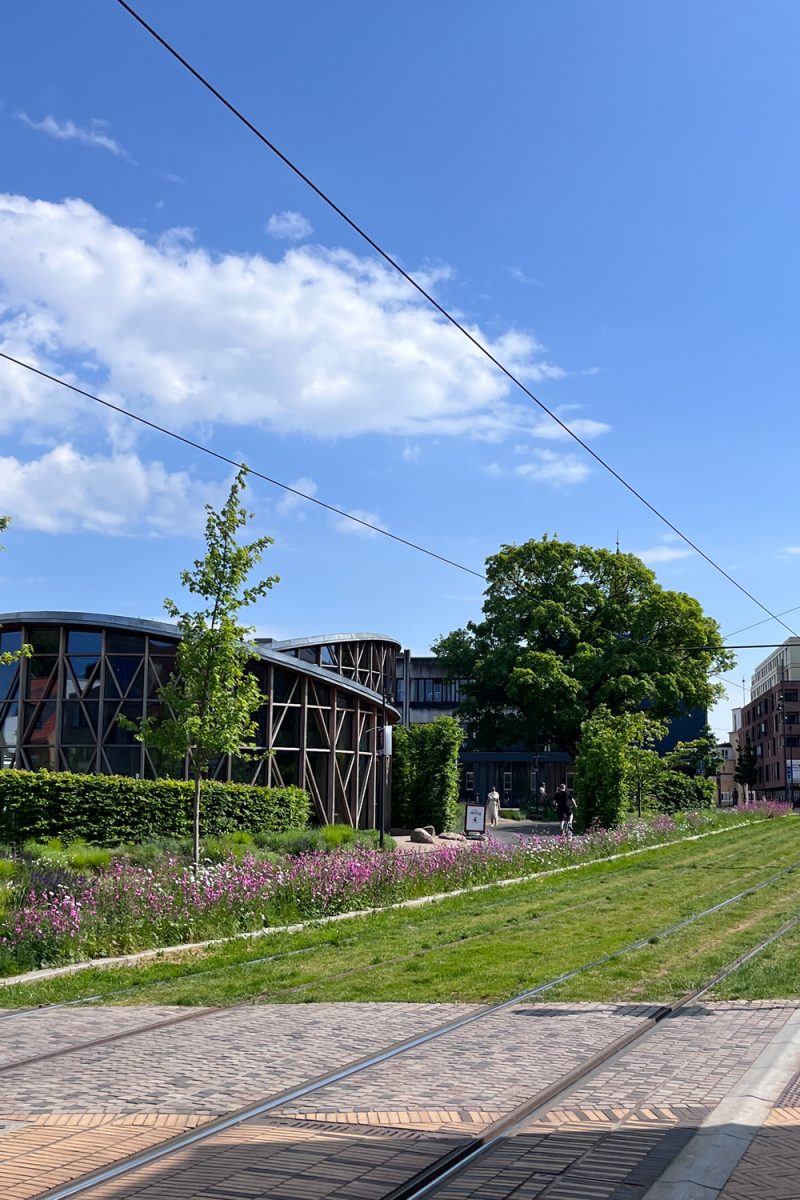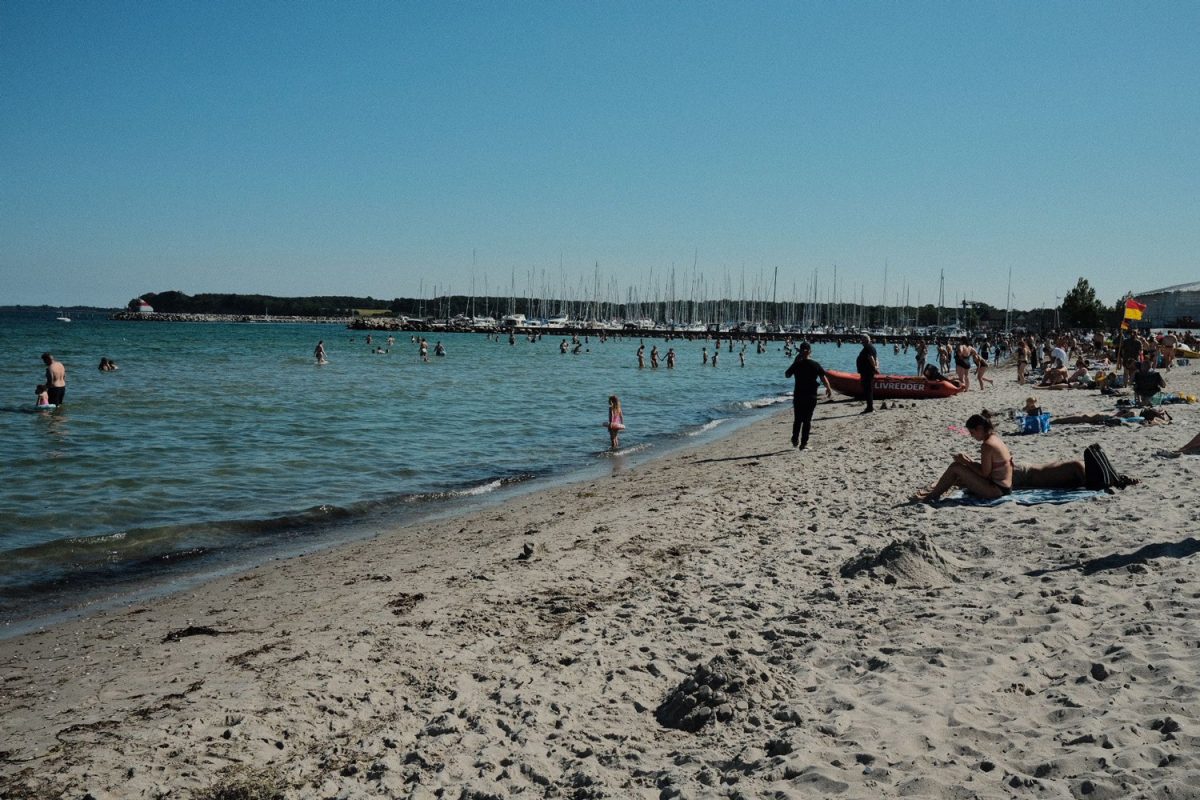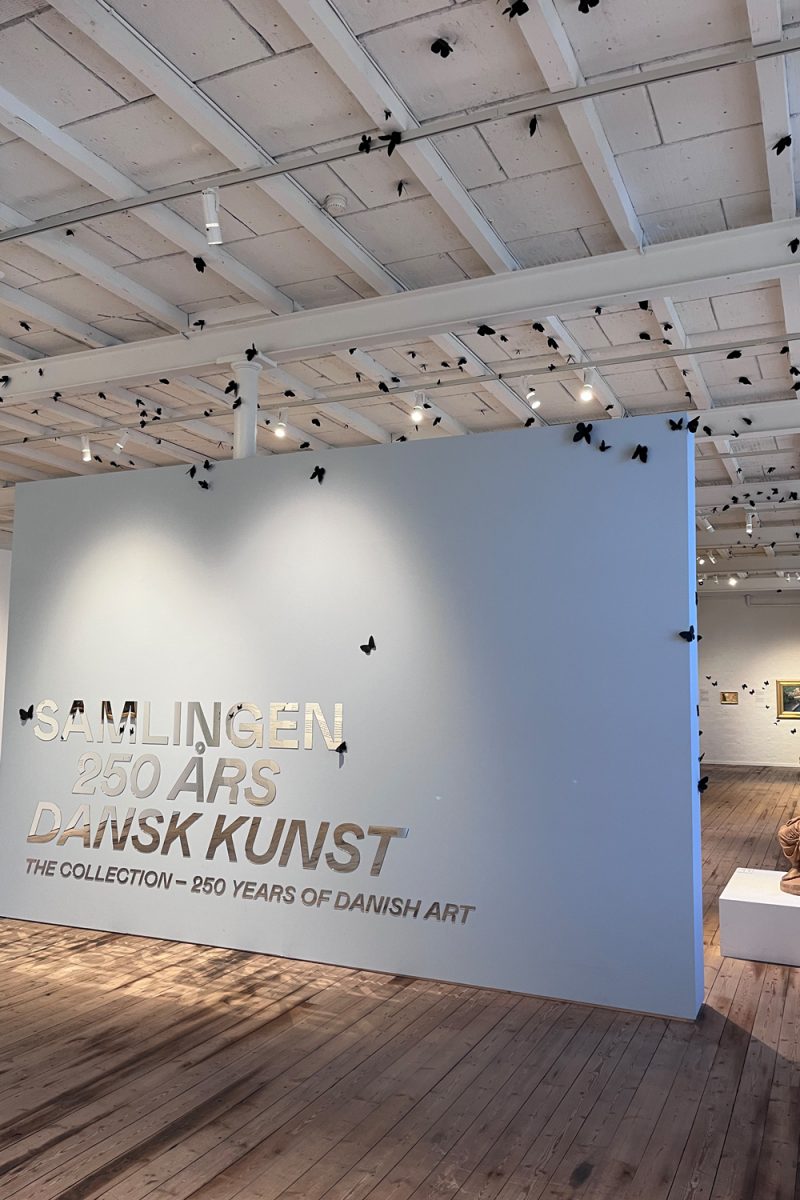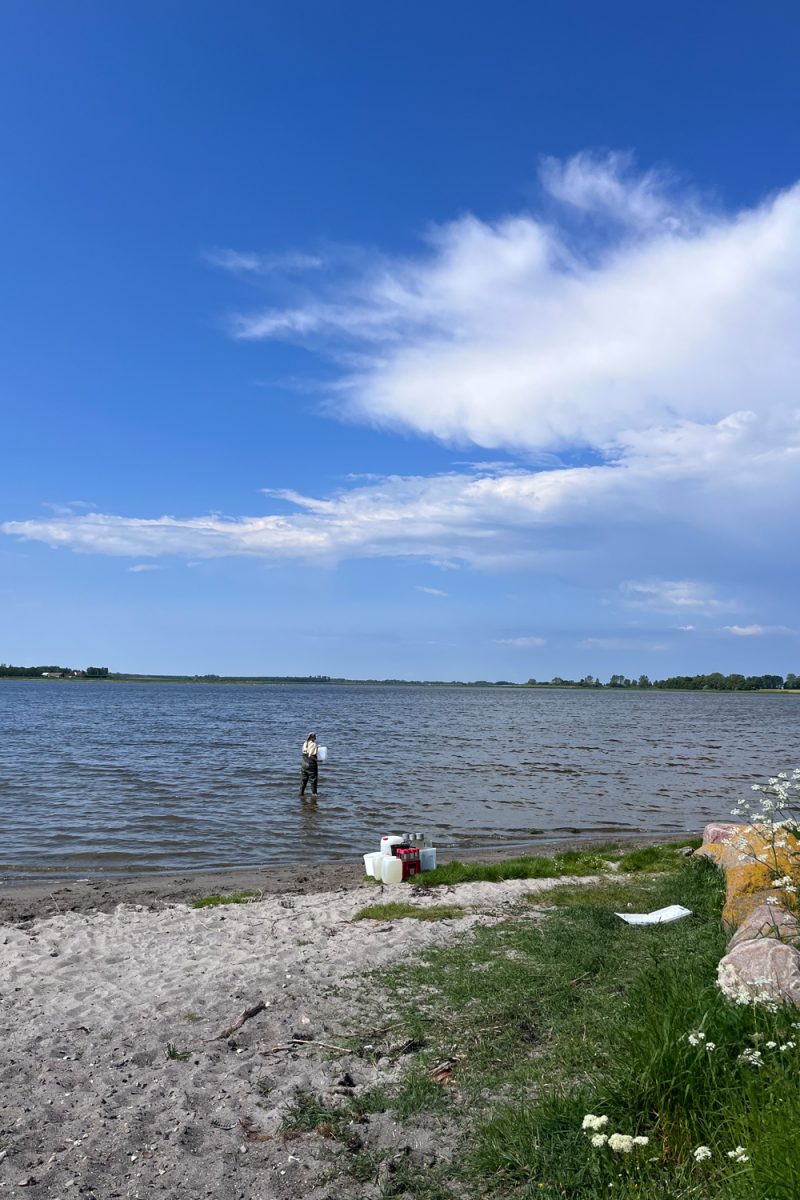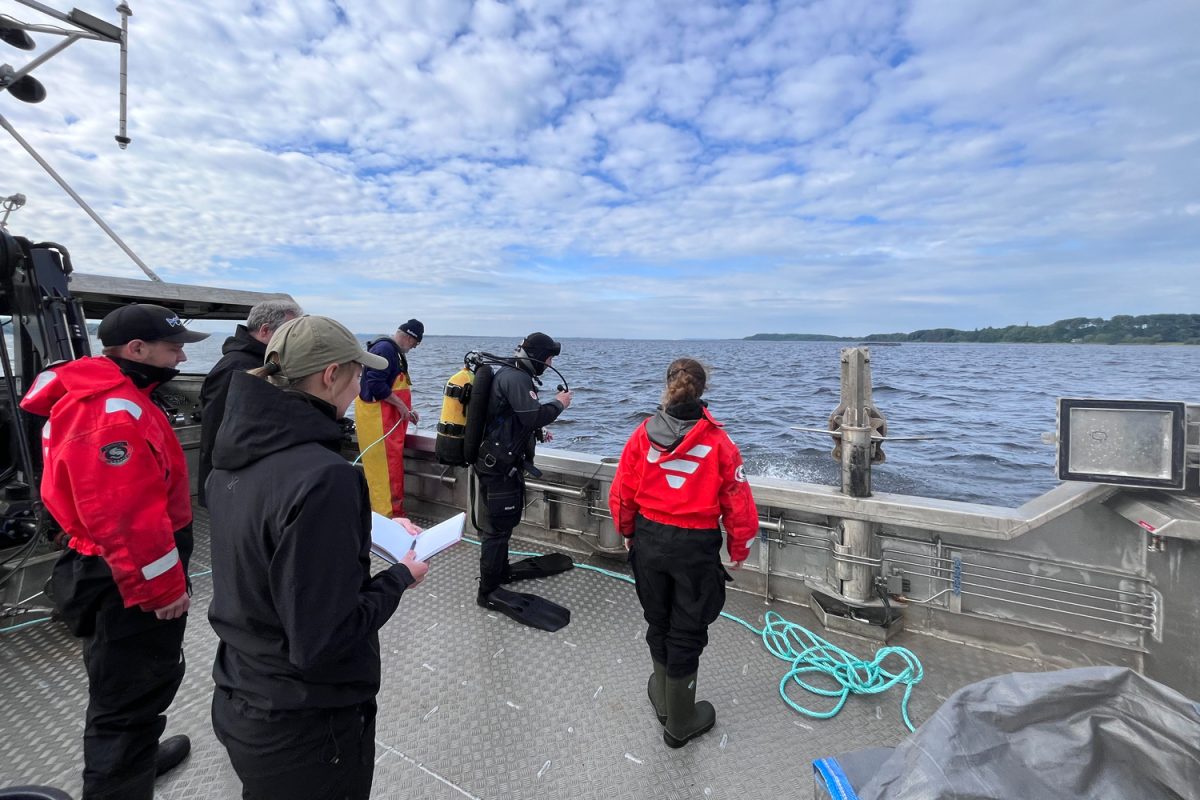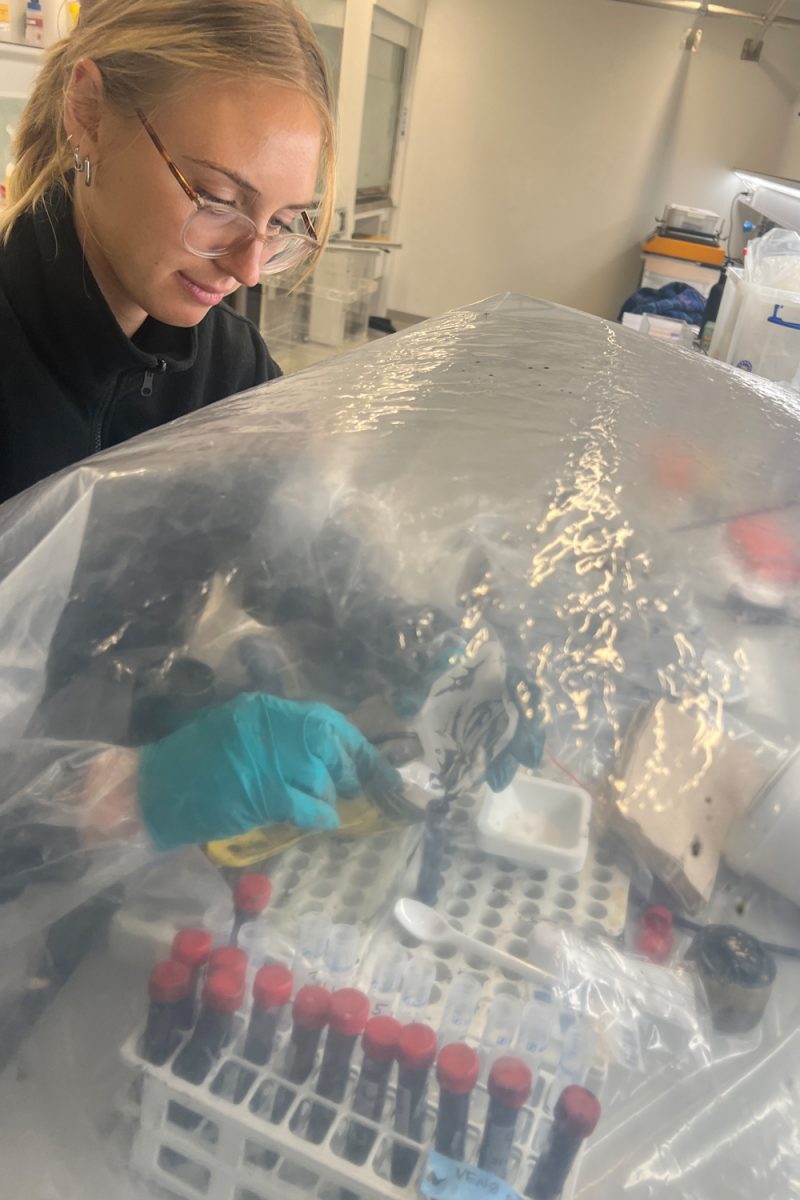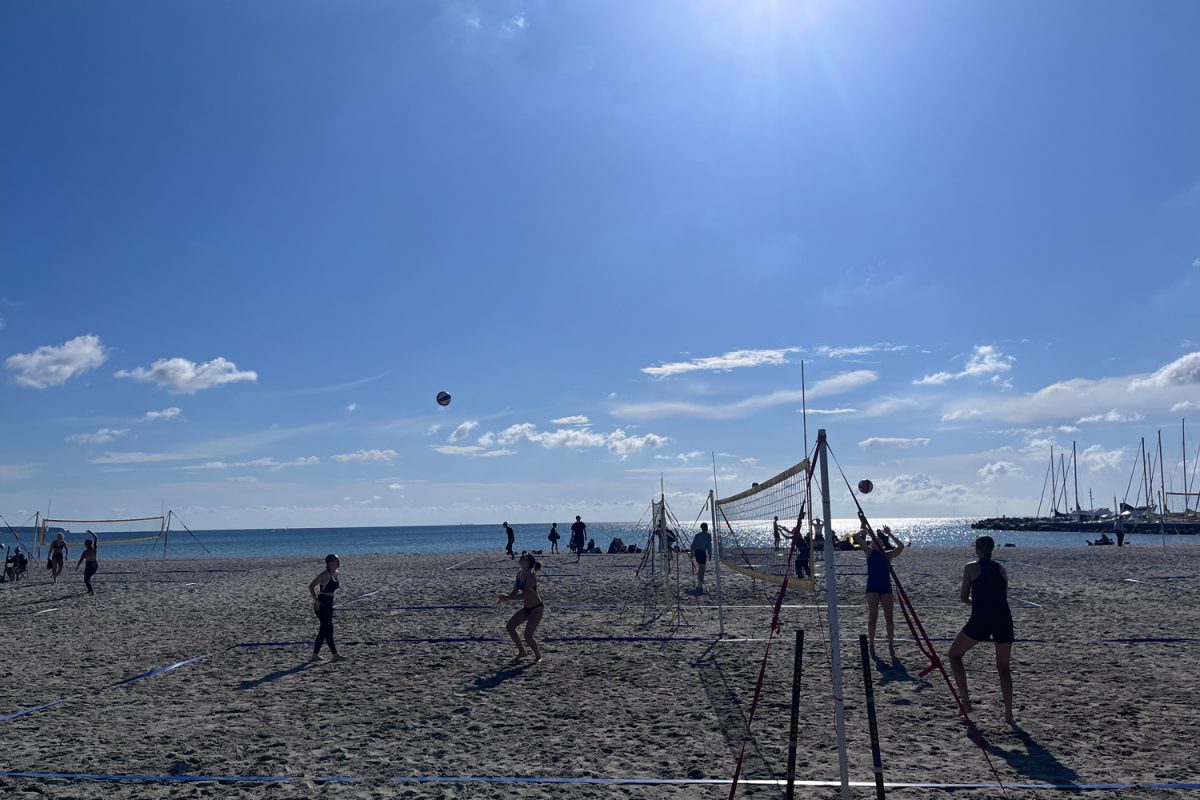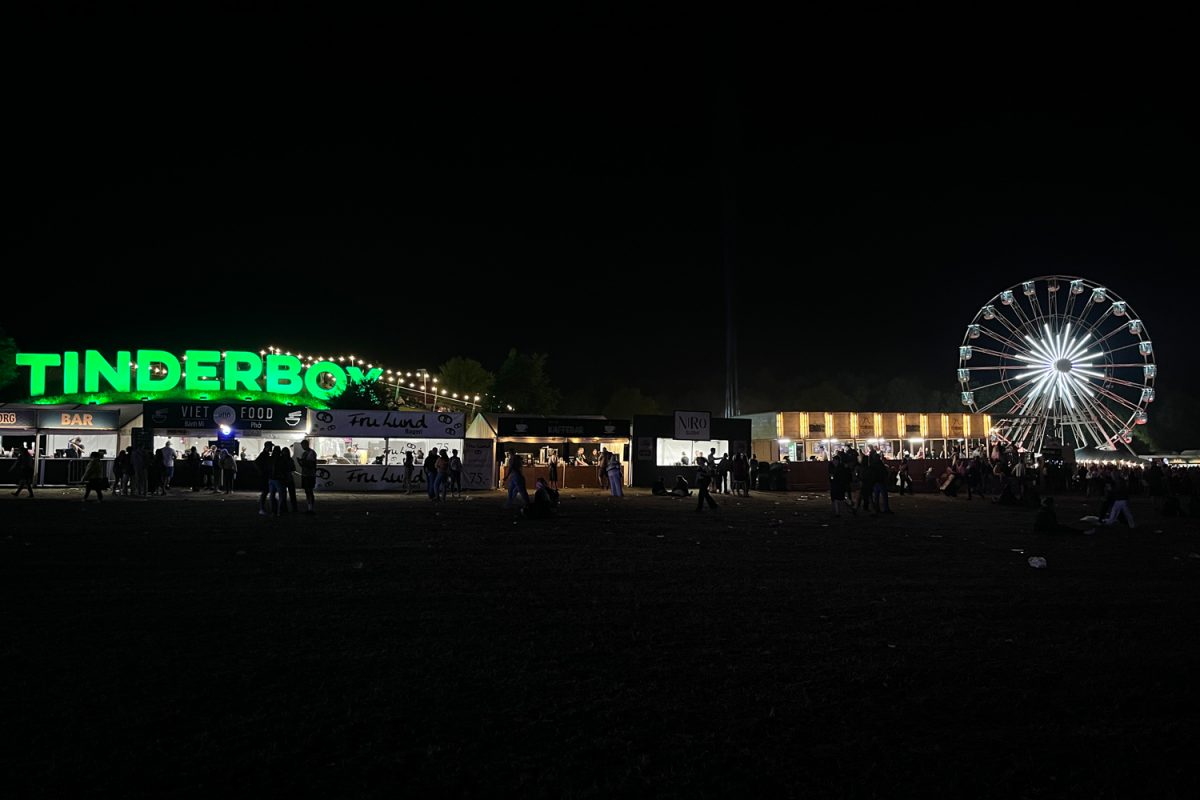Mail from … Denmark TU student Hannah Sofie Mihm is writing her Master's thesis in the Danish city of Odense
General Information
This is where I live at the moment:
Since the beginning of May this year, I have been living in Odense, the third largest city in Denmark.
That’s what I’m doing in Odense:
I am studying Environmental Sciences at TU Braunschweig in my fourth master’s semester. Here in Odense I am writing my Master’s thesis. At the University of Southern Denmark (SDU), I am part of the Nordcee and HADAL working groups. The latter is led by Professor Ronnie Glud. In my master’s thesis, I am investigating heavy metals in coastal sediments and whether they can be released by sediment resuspension. I am particularly interested in the element mercury, which can be very toxic to living organisms in certain forms. Professor Harald Biester, head of the Environmental Geochemistry working group at the Institute of Geoecology at TU Braunschweig, introduced me to this super exciting topic. I am very grateful that the collaboration between the two working groups has given me the opportunity to write my thesis abroad and gain so much valuable experience.
My stay abroad takes…:
… seven months and is financed by the Erasmus+ exchange programme. I have been living in Odense since the beginning of May and will return to Braunschweig at the beginning of December. The support I receive from the Erasmus+ programme makes a lot of things easier.
That’s why I decided to go abroad:
Over the years of studying, I have not yet had a suitable opportunity to go abroad. At the same time, however, the study period offers so many opportunities to go abroad. And the financial support is probably better than in any other phase of life. That’s why I really wanted to seize the chance. I can also well imagine working in an international research environment after graduating. It therefore makes sense to gain initial international experience during my studies.
Local life
This is how I live in Odense:
I live in a shared flat for 3 people near the city centre. I share the flat with two very nice flatmates who are also studying here and who I have grown fond of in a very short time. Finding a flat was easy and uncomplicated, as my Danish university helped me with the placement.
What makes studying in Denmark different from studying in Germany?
So far, I haven’t noticed any major differences compared to Germany. But overall, I can say that the well-being of all employees and students is the top priority here. There are few hierarchies and everyone talks to each other as equals. Regular “working group retreats”, where the working group gets together for one or two days to spend time together in the same accommodation, cook and do activities, help with socialisation and really helped me to make friends at the beginning.
Particularly typical for the country I’m staying at is:
Firstly, I had to adjust to the Danish weather. It is very mixed. Rain and sunshine alternate every minute on some days.
In addition, the Danish flag is everywhere. Flags are put up at every celebration, small flags are stuck on cakes and packaging in the supermarket has small Danish flags printed on it.
One last thing I noticed is the fact that all Danes speak English very well. It’s certainly good to learn a bit of Danish, but you can get by with English in everyday life here without any problems.
That’s what I learned here in the first three days:
When I walked through Odense for the first time, I quickly realised that everything revolves around one person: Hans Christian Andersen. The poet and writer was born in Odense and his house still exists here. There is also the H.C. Andersen Museum, several sculptures of him and even some traffic light figures that are supposed to represent him.
The supermarkets are open on Sundays! That’s really helpful if you’re not so good at meal planning. However, I also cook a lot myself here, as eating out or eating in the canteen is much more expensive than in Germany. In general, the prices here have shocked me a bit. A scoop of ice cream costs four euros and a cappuccino costs between six and seven euros.
The biggest challenge during my stay has been:
I haven’t encountered any major challenges yet. Everything has worked really well so far and I feel very comfortable here.
That’s what I will take home with me:
I haven’t bought a souvenir yet. But I think the most valuable thing I’ll take with me from here are the experiences I’ve gained and the friendships I’ve made.
Good to know
This is a local dish you definitely have to try:
I have not tried a really typical Danish dish yet. However, Danish rye bread is very popular. This is basically a very dark rye bread. It is also often used to make smørrebrød.
What are the blunders to avoid in Denmark?
I haven’t noticed anything in this respect and fortunately I haven’t stepped on any toes yet.
This is a tip I give to other students who want to go abroad:
Definitely do it!

